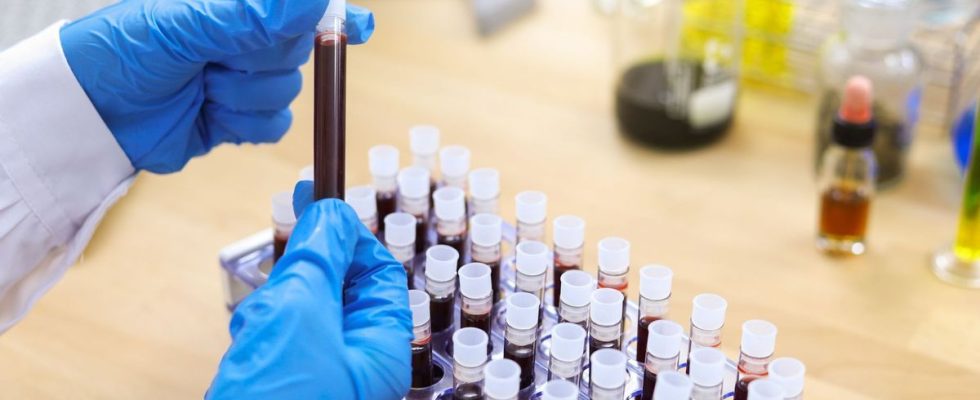Published on
Updated
Reading 2 mins.
Crigler-Najjar syndrome is a rare disease of the liver. A treatment based on gene therapy has just been granted priority drug status by the European Medicines Agency.
Priority drug status has just been granted to drug candidate GNT-0003. This gene therapy is a promising treatment for Crigler-Najjar syndrome, a rare liver disease.
The gene therapy, administered intravenously, was designed by Genethon’s Immunology and Gene Therapy of Liver Diseases team, led by Dr. Giuseppe Ronzitti.
A special status granted by the EMA
This so-called PRIME status, for PRIority MEdicines or priority drugs in French, is issued by the European Medicines Agency (EMA) to drug candidates with major therapeutic potential following the results obtained in the context of a therapeutic trial.
This is the case here for this gene therapy, currently being tested in a clinical trial in Crigler-Najjar syndrome, a rare liver disease. With this status, the “developer of the drug candidate benefits from early support from the EMA throughout clinical development” states the press release. “Support that accelerates the evaluation of it to make it available to patients as soon as possible“.
What is Cligler-Najjar syndrome?
A rare genetic liver disease, Crigler-Najjar syndrome is defined by an abnormal accumulation of bilirubin in the body, which can cause significant neurological damage and become fatal if not treated quickly.
This excess bilirubin is due to the malfunction of an enzyme responsible for transforming bilirubin into a substance that can be eliminated by the body. At present, phototherapy can treat patients, but it forces them to stay under UV lamps for up to 12 hours a day.
Where is the current clinical trial going?
The current European trial is taking place in 3 countries: France, Italy and the Netherlands. “The treatment of 5 adult patients has demonstrated the safety and good tolerance of the product as well as a dose effect; in the 3 patients treated at the highest dose the bilirubin level fell enough to stop phototherapy for at least a year” notes the statement again. The trial continues in order to “confirm the efficacy of this dose in additional patients including children”.
